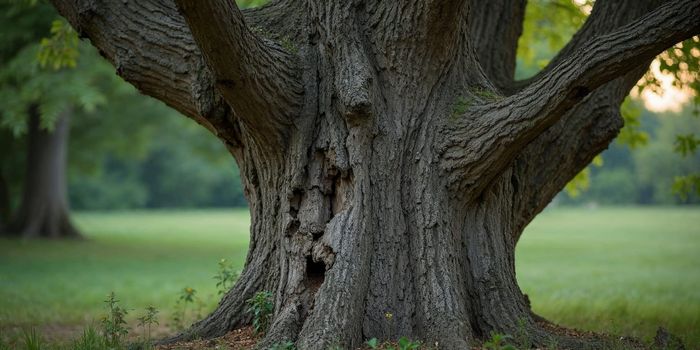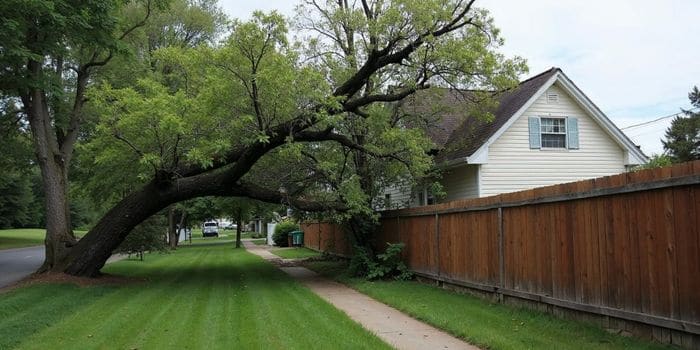7 Warning Signs for Tree Removal: Protecting Your Property and Peace of Mind
Trees are an essential part of any landscape, adding beauty, shade, and even value to your property. However, recognizing when to remove a tree is crucial for maintaining the safety and aesthetics of your home environment. As a homeowner, understanding the warning signs for tree removal can save you from potential hazards and costly damages. From assessing tree health to identifying damaged or hazardous trees, being informed about tree maintenance can make all the difference. Join us as we explore the key indicators that signal it’s time to consult with Kap Tree removal experts in Davie, ensuring your property remains safe, and your peace of mind remains intact.
Raving Review for Tree Removal in Davie, FL
“We couldn’t be happier with the service we received from Kap Tree Service in Davie! 🌳 They were quick professional and made the whole process effortless. Our property now looks amazing, and we feel much safer. If you need a reliable tree removal service, look no further! They truly are the experts and took all the stress out of the situation. Highly recommended! 🙌”
Recognizing Damaged Trees
Identifying damaged trees is crucial for maintaining a safe and healthy landscape. This section explores key indicators of tree damage, including structural issues, disease, and pest infestations.
Structural Instability Indicators
Structural instability in trees can pose significant risks to property and safety. Look for visible cracks in the trunk or major branches, which may indicate internal weakness.
Unusual growth patterns, such as multiple trunks or branches growing at sharp angles, can also signal potential instability. These formations are more prone to splitting or breaking under stress.
Dead or hanging branches, often referred to as “widow-makers,” are clear signs of structural issues. They can fall unexpectedly, causing injury or damage. If you notice any of these issues, it’s time to consult a professional tree service for a thorough assessment.
Signs of Disease and Decay
Tree diseases and decay can compromise the health and stability of your trees. Watch for discolored or missing bark, which may indicate fungal infections or other diseases.
Fungal growths, such as mushrooms at the tree’s base or on the trunk, are often signs of internal decay. This decay can weaken the tree’s structure, making it more susceptible to falling.
Leaf discoloration, premature leaf drop, or sparse foliage can also indicate disease or nutrient deficiencies. Regular monitoring and early intervention can often save a tree from further decline.
Impact of Pests on Tree Health
Pests can severely impact a tree’s health, often necessitating its removal. Look for signs of insect activity, such as small holes in the bark, sawdust-like material at the base of the tree, or chewed leaves.
Some pests, like emerald ash borers or pine beetles, can quickly kill trees if left unchecked. Regular inspections can help catch infestations early.
Weakened trees are more susceptible to pest attacks. Maintaining overall tree health through proper care and regular maintenance is key to preventing severe pest damage.
Assessing Hazardous Trees
Identifying hazardous trees is essential for preventing property damage and ensuring personal safety. This section covers how to recognize trees that pose immediate risks.
Leaning or Fallen Trees
A leaning tree can be a significant hazard, especially if the lean has developed recently or is becoming more pronounced. This could indicate root failure or soil instability.
Sudden leans often occur after storms or heavy winds and require immediate attention. Even a slight lean can become dangerous over time as the tree’s weight distribution changes.
Fallen trees or large branches should be addressed promptly. They can cause further damage if left unattended and may indicate underlying issues with other nearby trees. Always consult professionals for the safe removal of fallen or severely leaning trees.
Proximity to Power Lines and Structures
Trees growing too close to power lines pose serious safety risks. They can cause power outages, fires, or electrocution hazards if branches come into contact with live wires.
For structures, trees that overhang roofs or grow too close to foundations can cause damage during storms or as roots expand. Regular pruning can help manage these risks.
When planting new trees, consider their mature size and choose locations that won’t interfere with power lines or structures. For existing trees that cause concerns, a professional assessment can determine the best course of action.
Tree Maintenance and Health Assessment
Regular tree maintenance and health assessments are vital for preserving the beauty and safety of your landscape. This section discusses the importance of routine inspections and the necessity of knowing when removal is required.
Regular Inspections for Tree Health
Conducting regular tree inspections is crucial for maintaining a healthy and safe landscape. Look for signs of stress, such as wilting leaves, bark abnormalities, or unusual growth patterns.
Check for any changes in the tree’s structure, such as new leans or cracks. These could indicate developing problems that require attention.
Professional arborists can provide more thorough assessments, including the detection of internal decay and evaluations of soil health. Scheduling regular professional inspections can catch issues early, often saving trees and reducing long-term costs.
When to Remove a Tree for Safety
Sometimes, tree removal is the safest and most effective option. If a tree is dead, severely diseased, or structurally compromised to the point of being beyond repair, removal may be necessary to prevent accidents.
Trees that pose immediate risks to structures, power lines, or high-traffic areas should be prioritized for removal. This includes trees with severe leans or those with large dead branches over walkways or buildings.
When considering removal, always consult with certified tree care professionals in Weston. They can assess the situation and provide safe, efficient removal services when necessary, ensuring the protection of your property and peace of mind.
The city of Weston, FL, is renowned for its lush and verdant landscapes, but it also faces challenges in maintaining its trees. Frequent storms and hurricanes in the area often result in fallen trees, posing potential hazards to residents. These weather conditions can exacerbate existing structural weaknesses in trees, leading to their unexpected collapse. Homeowners in Weston should be particularly vigilant about monitoring the health of their trees and addressing any signs of instability promptly. Regular inspections and maintenance are crucial in mitigating the risks associated with falling trees, protecting both property and personal safety.

